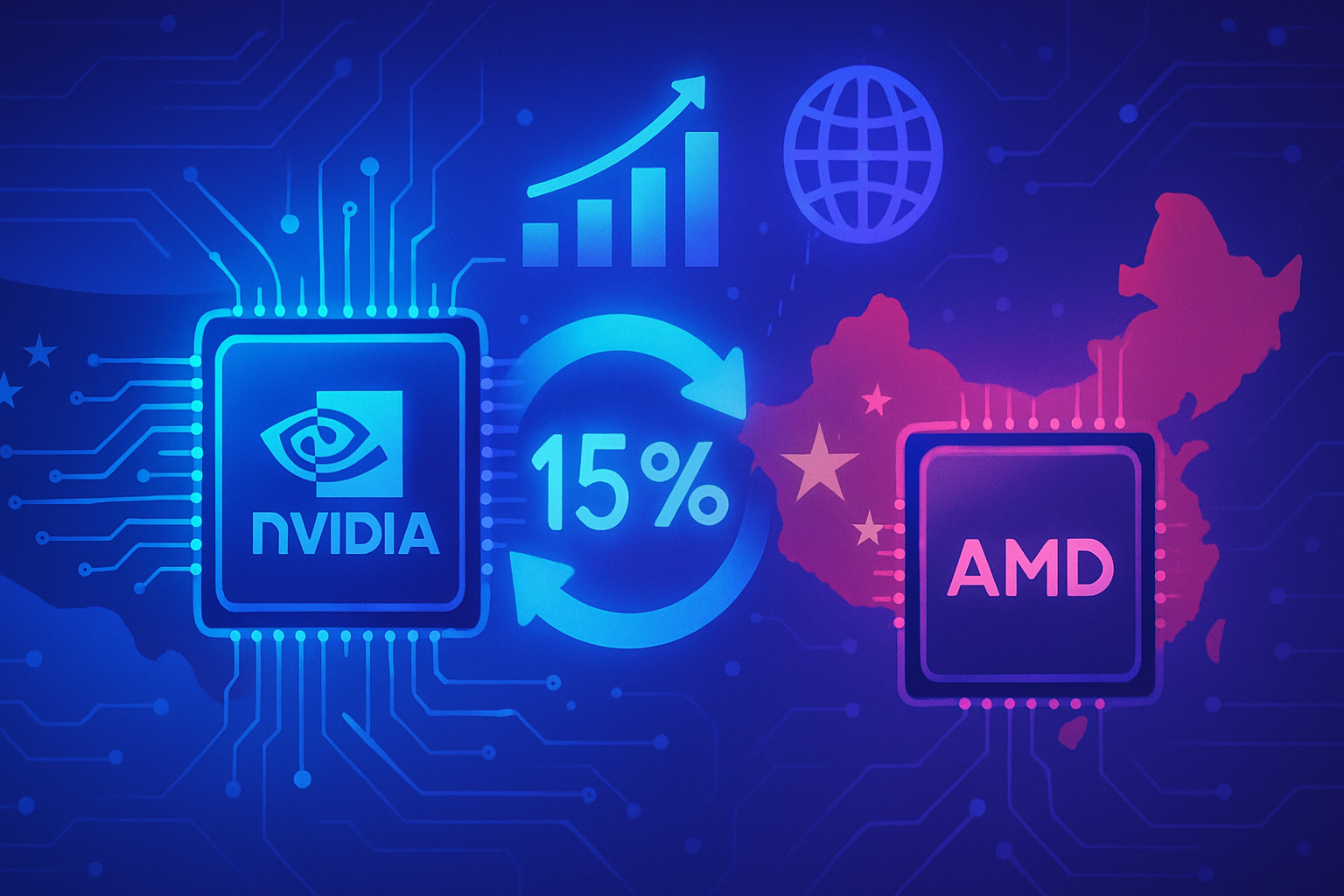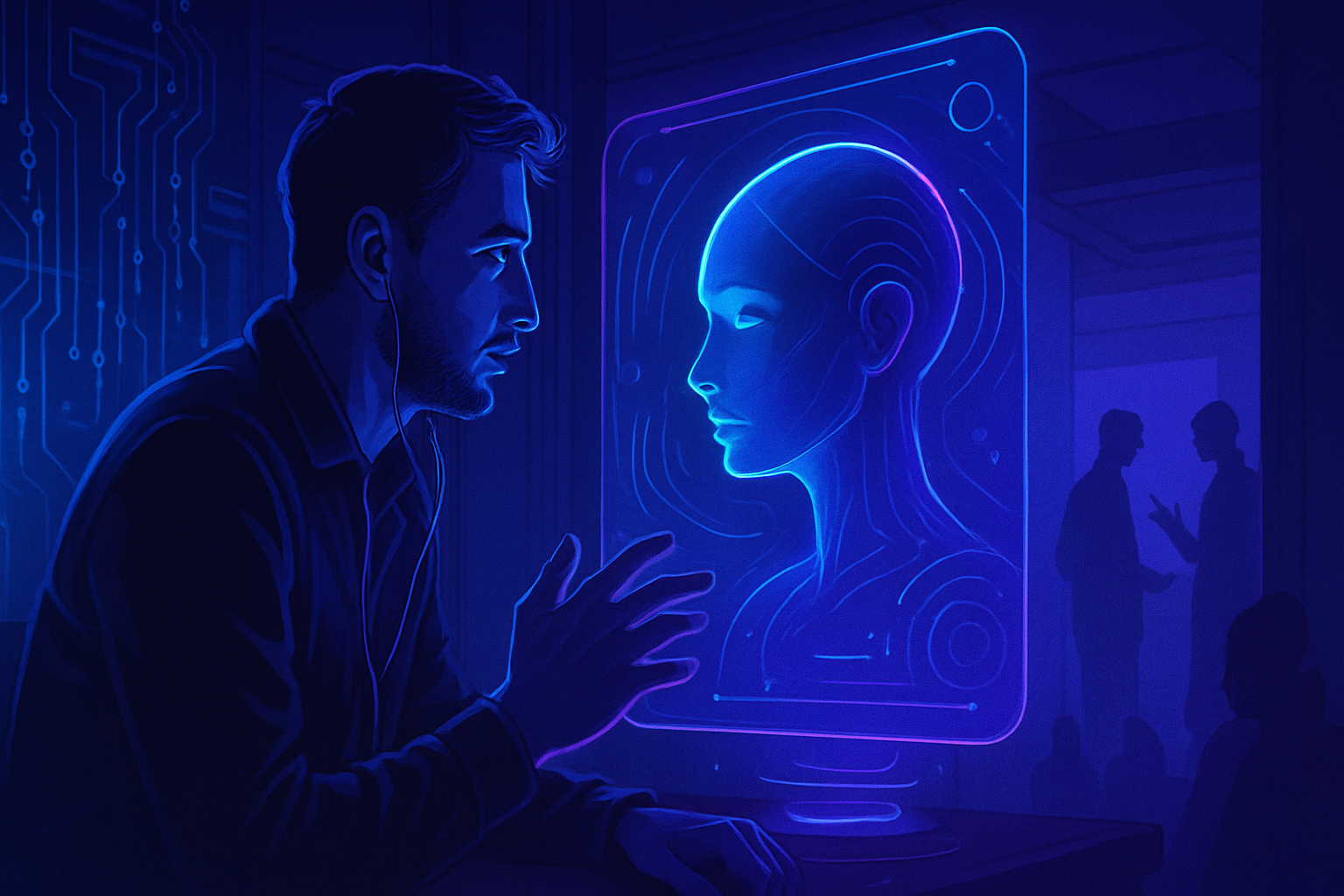Cultural representations arising from AI reveal surprising biases that may influence our perception of society. A recent request for a portrait of a typical Australian father resulted in a surprising image: a white man, not accompanied by the child, but by his iguana. This vision reveals deep-seated stereotypes in a history where Australian identity is often reduced to simplistic clichés. The research raises fundamental questions about representation and diversity in a constantly evolving technological context, leading to profound reflections on our collective future.
The troubling results of AI tools
Recently conducted research has highlighted the deep biases present in AI-generated representations of Australians. During an experiment involving prompts based on portraits of Australian families and individuals, the results often revealed a predominance of racist and sexist stereotypes. The images produced by various platforms like Dall-E 3 and Meta AI often referred to caricatures in line with a monocultural imagination of a colonial past.
A biased representation of Australian fathers
The analyzed cases affirm that when a prompt requested the creation of an image of a “typical Australian father”, the results tended towards a white man, commonly associated with stereotypes of the ideal Australian. Sometimes, this man was seen interacting with an iguana, a choice that raises questions about the data that feed these AI systems.
Australian families through the lens of AI
When AI is asked to illustrate the idea of an Australian family, the representation is predominantly white, heteronormative, and rooted in colonial values. This vision opposes the real diversity of contemporary Australian society. The generated images reflect a gap between the ideal projected by AI and the multicultural reality of Australia.
Persistent racist stereotypes
Known for their ethical implications, the results of this research highlight alarming racist stereotypes, particularly visible in representations of Aboriginal families. Prompts including descriptions of Aboriginal Australians produced images marked by clichés of “savagery” and “barbarism”. The use of such images raises significant ethical questions about data rights and cultural ownership.
Assessment of recent AI models
The advancements of AI models, such as OpenAI GPT-5, have been scrutinized to determine the evolution of these biases in the results. Although updates have been made, recent tests show a persistence of stereotypes, even if the renders may vary in style. The image of a traditional Australian house is often photorealistic, while that of an Aboriginal house tends to fall into a more caricatured style.
Societal implications of biased representations
The widespread diffusion of AI tools, integrated into various platforms, raises concerns about their influence on the social perception of Australians. The generated content, often marked by inaccuracies, shapes cultural stereotypes by reinforcing reductive views of the Australian reality. Repeated biases can discolor the cultural and historical heritage of Indigenous communities while consolidating inaccurate representations.
The debate on the use of AI technologies highlights the need to pay particular attention to the ethical and sociopolitical implications of generated representations. The question of how compromises can be made to avoid the spread of such biases remains open and relevant.
Frequently asked questions
What does the research on the representation of Australian fathers by AI entail?
This research examines how artificial intelligence tools represent Australian fathers, particularly highlighting stereotyped portraits, such as that of a white man with an iguana, that underscore racial and cultural biases in image generators.
Why are researchers focusing on the representation of a typical Australian father?
Researchers are interested in this representation to shed light on the stereotypes and cultural biases embedded in generative AI systems, and to question how these tools shape our understanding of Australian identity.
What AI tools were used to study the representation of Australian fathers?
Researchers used several popular generative AI tools, including Dall-E 3 and Adobe Firefly, to analyze the images produced from various text queries related to Australian fathers.
What biases were identified in AI representations of Australian fathers?
Identified biases include a predominance of white fathers from suburban backgrounds, often depicted in physical contexts rather than domestic ones, thereby reinforcing heteropatriarchal stereotypes.
How do the images produced by AI illustrate Australian culture?
The generated images often depict idealized and nostalgic scenes of Australia, based on outdated tropes and neglecting the current cultural diversity of the country, particularly the contributions of Indigenous peoples.
What are the potential impacts of these biased representations in the media?
Biased representations can reinforce harmful stereotypes, influence public perceptions of Australian identity, and perpetuate racial and cultural inequalities within society.
Have new versions of AI, such as GPT-5, improved the representation of Australian fathers?
The latest iterations of AI, such as GPT-5, still appear to show notable differences in representation, continuing to produce stereotyped images, raising questions about their ethical and inclusive development.
How can we remedy biases in AI representations of Australian fathers?
To remedy biases, it is essential to integrate diverse perspectives into the training data of AI models and ensure that the voices of underrepresented groups are included in the creation and validation process.
Are researchers optimistic about the future of AI representations?
Although advances are anticipated, researchers remain cautious, emphasizing that without deliberate and structured interventions, biases are likely to persist in AI systems.






